Norwegian Cruise Line reveals three chocolate favourites to recreate in your kitchen this World Chocolate Day.
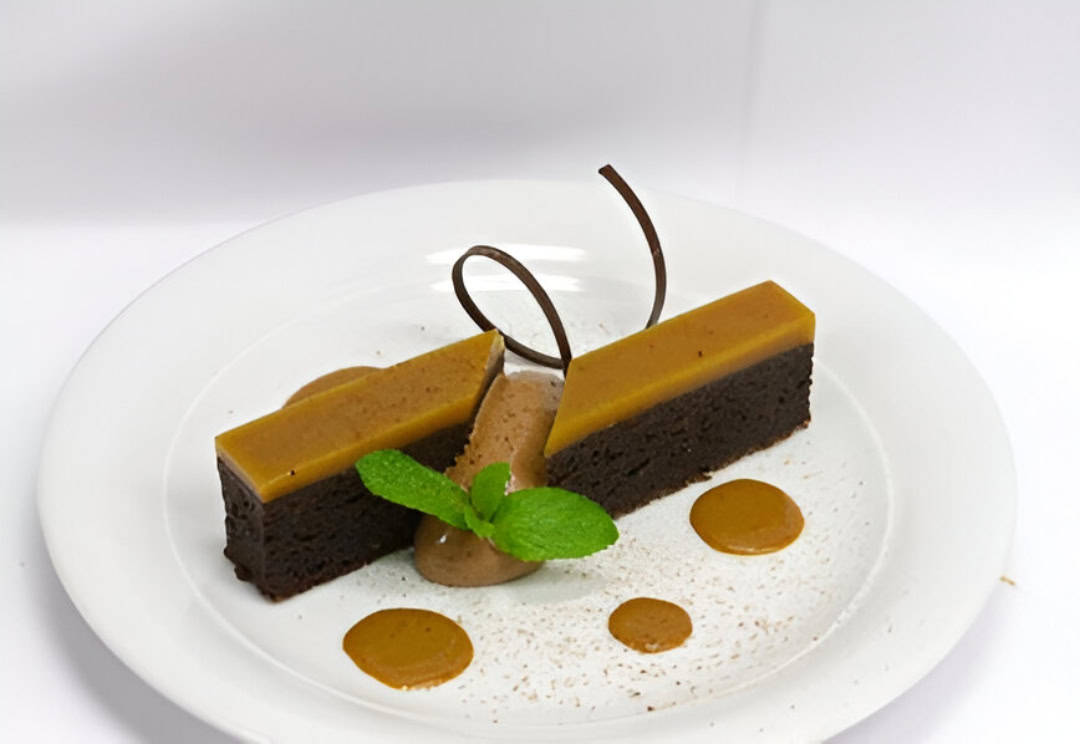
World Chocolate Day was on 7th July but everyday is a perfect occasion for dessert lovers to explore iconic recipes created by Norwegian Cruise Line chefs.
The cruise line sails across more than 400 destinations with a fleet of 21 ships, and its onboard culinary excellence now comes home through a curated selection of chocolate-based indulgences.
You can now recreate these signature desserts in the comfort of your kitchen — no passport required. With ingredients that are largely accessible and detailed step-by-step methods, these recipes bring the flavours of the voyage to your plate.
James Wierzelewski, Senior Director of Culinary Development and Operations, unveils three passenger favourites crafted to reflect flavour, technique, and the cruise line’s commitment to wellness and delight: Mexican Chocolate Cake with Dulce de Leche Sauce, Mocha Pot De Crème with Caramelized Filo, and Chocolate Raspberry Tart with Pistachio.
Mexican Chocolate Cake with Dulce de Leche Sauce
Yield: 80 portions
Profile: Rich, moist cake infused with cinnamon and finished with a warm caramel glaze
Ingredients
- 500g sifted all-purpose flour
- 800g granulated sugar
- 7g baking powder
- 2.5g salt
- 360g butter
- 360g water
- 360g Ibarra chocolate
- 90g cocoa powder
- 4 eggs
- 420g buttermilk
- 300g vanilla extract
- 600g caramel glaze
Method
Combine sifted dry ingredients. Melt butter with water, chocolate, and cocoa in a saucepan, then fold in the dry mixture. Blend in eggs and buttermilk. Bake at 177°C for 50 minutes. Once cooled, pour caramel glaze over the inverted cake and let it set for two hours. Cut into 84 triangle-shaped servings.
Dulce de Leche Sauce
Simmer one small tin of condensed milk in a saucepan of water for five hours over low heat. Cool before using.
Caramel Glaze
- 4 silver gelatin leaves
- 210g sugar
- 30g glucose
- 120g butter
- 210g heavy cream
- 2 vanilla beans
- 150g apricot glaze
Caramelise sugar with glucose, then deglaze with butter and cream. Stir in softened gelatin and apricot glaze.
Presentation
Arrange two triangular slices on a dessert plate with dulce de leche sauce and a decorative chocolate twist.
Mocha Pot De Crème with Caramelized Filo
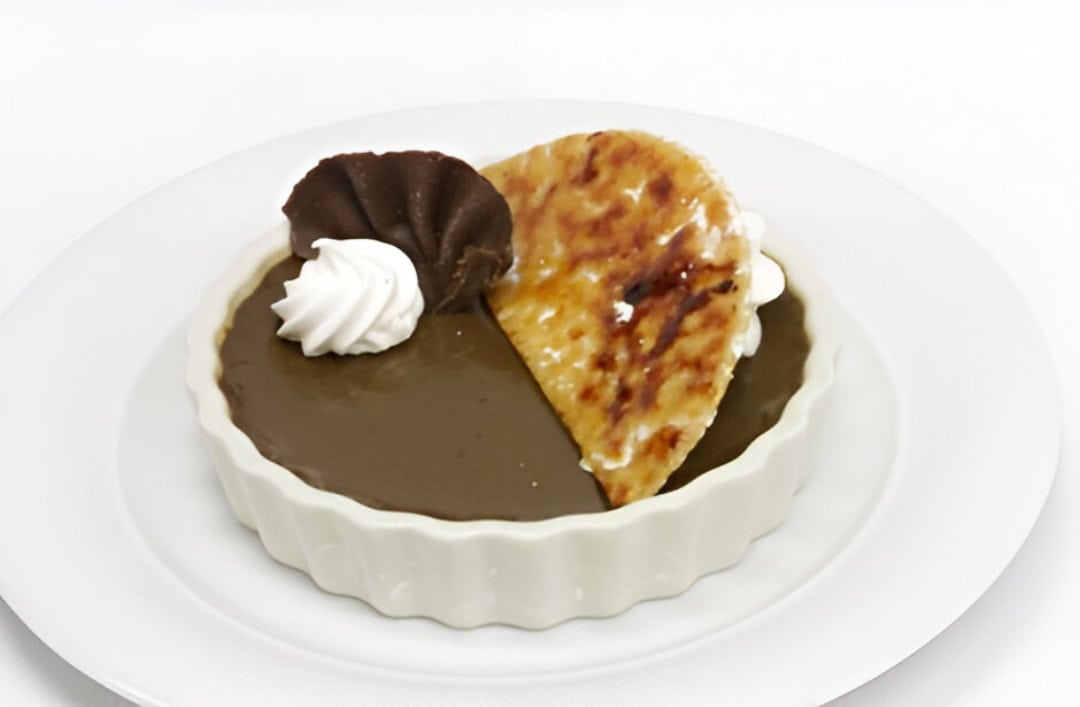
Yield: 8 portions
Profile: Light mocha custard paired with crisp caramelised filo
Ingredients for Pot De Crème
- 2 large eggs
- 591ml whole milk
- 170g sugar
- 14g mocha paste
- Pinch of salt
- Pinch of vanilla extract
Method
Warm milk with sugar, mocha paste, and salt. Stir in vanilla. Temper eggs with a portion of the warm mixture, then combine fully. Pour into ramekins placed in a water bath and bake at 177°C for 35 minutes. Cool completely and refrigerate for eight hours or overnight.
Caramelized Filo
- 1 sheet filo dough
- 156g melted butter
- 28.3g powdered sugar
Layer two filo sheets with butter and sugar between. Cut and bake on a silpat with a second sheet placed over it. Bake at 177°C for 10 to 15 minutes until golden. Dust with sugar and torch for extra caramelisation.
Plating
Pipe whipped Chantilly cream over each custard, add a caramelised filo shard and top with a chocolate fan.
Chocolate Raspberry Tart with Pistachio
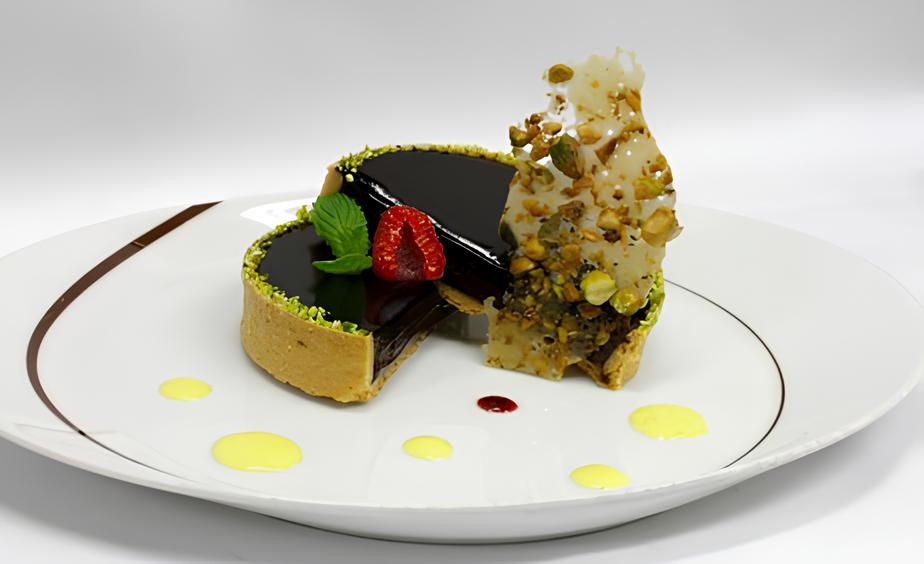
Yield: 10 servings
Profile: Tart berries, smooth ganache, crisp pistachio elements
Tart Filling
- 10 chocolate tart shells (4 inches)
- 145g red currant jelly
- 145g whole frozen raspberries
- 725g chocolate ganache
- 145g shiny chocolate glaze
- 58g chopped pistachios
- 100g pistachio tuile
Method
Brush tartlets with melted cocoa butter. Spoon a layer of combined currant jelly and raspberry preserves, then fill with chocolate ganache, leaving room for glaze. Let set for three hours. Add glaze, refrigerate one hour, then rim with chopped pistachios and slice for plating.
Chocolate Ganache
- 348g milk
- 551g heavy cream
- 130g sugar
- 203g egg yolks
- 725g dark chocolate couverture
Heat milk, cream, and half of the sugar. Whisk yolks with the rest of the sugar, then temper with hot liquid. Combine with chocolate and stir to emulsify.
Raspberry Coulis
- 232g raspberries
- 116g sugar
- 10g lemon juice
Simmer ingredients, blend, strain, and chill.
Chocolate Glaze
- 30g powdered gelatin
- 275g water
- 522g sugar
- 160g cocoa powder
- 160g cream
- 72g dark chocolate
Combine and heat all except chocolate and gelatin. Pour mixture over them and stir well. Strain before use.
Pistachio Caramelised
- 145g sugar
- 30g corn syrup
- 58g whole pistachios
Caramelise sugar with syrup, shock the pan in ice water, then stir in pistachios and spread on silpat. Pull into decorative sugar forms once cool enough.
A Taste of the World on World Chocolate Day
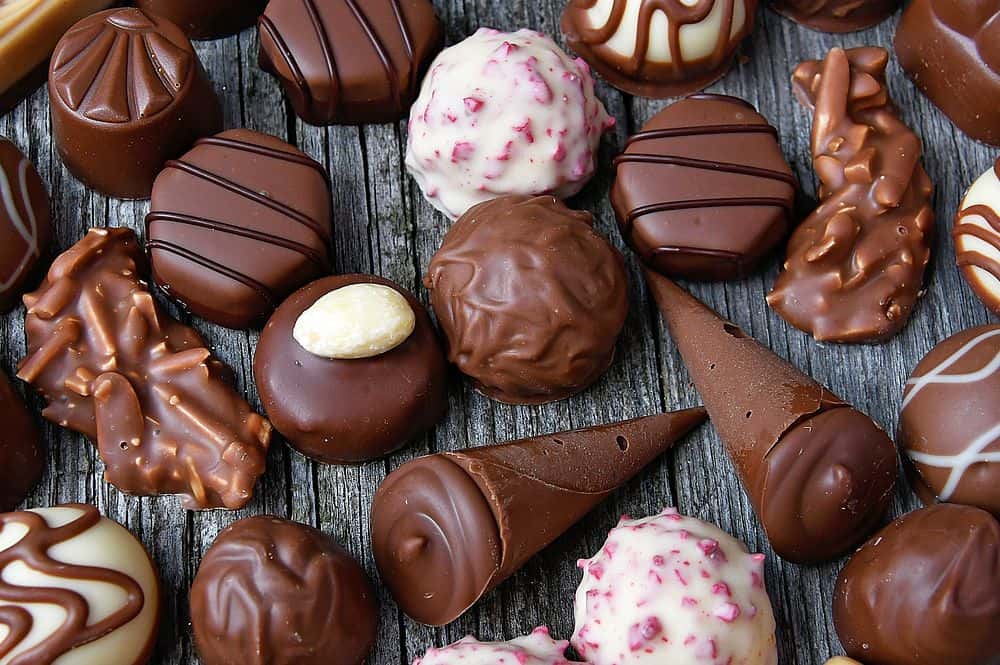
While Norwegian Cruise Line transports guests across oceans, these culinary creations offer a way to experience the essence of life on board through chocolate. Each recipe reflects craftsmanship, sustainability, and global inspiration. This World Chocolate Day, the journey begins in your own kitchen.
All about chocolates: From Bean to Bliss
Chocolate’s origins trace back to Mesoamerica, where the Olmec civilisation is believed to be the first to cultivate the cacao tree as early as 1500 BCE. Later, the Mayans and Aztecs revered cacao as a sacred ingredient. Far removed from the sweet bars we know today, they consumed it as a bitter, frothy drink flavoured with spices such as chilli and vanilla. For the Aztecs, cacao was more than nourishment—it was currency, medicine, and a divine offering. The word “chocolate” is thought to derive from the Nahuatl term xocolatl, meaning “bitter water”.
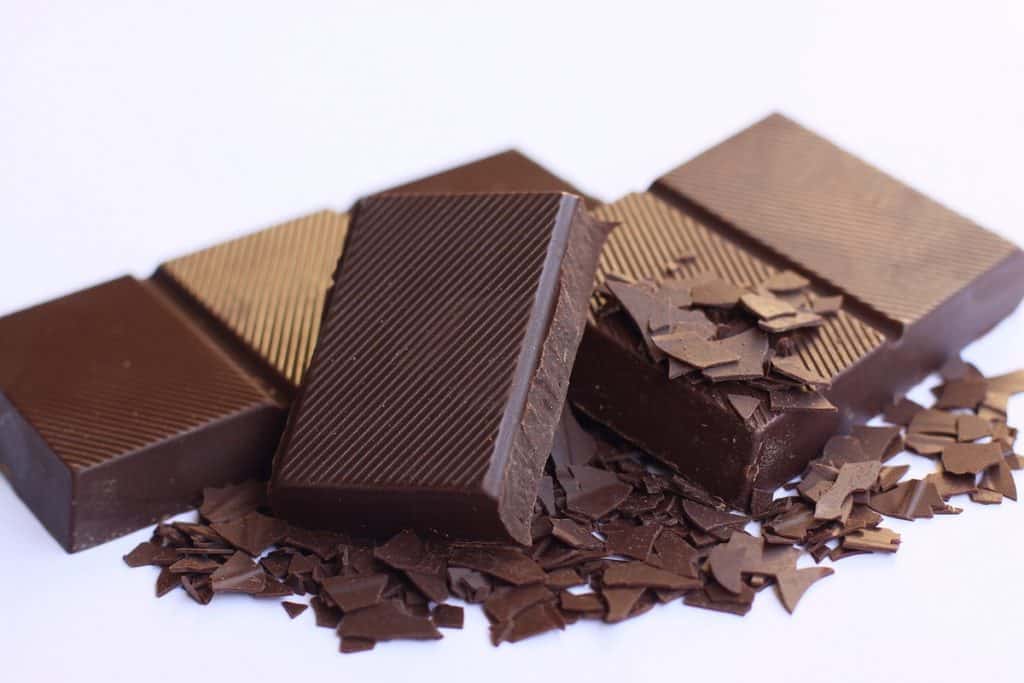
The turning point in chocolate’s journey came when Spanish explorers brought it to Europe in the 16th century. European palates found the unsweetened version unappealing, so sugar and cinnamon were added, turning it into a luxurious drink reserved for royalty and the elite. The transformation of chocolate into the sweet, solid form we enjoy today occurred much later, in the 19th century, with technological innovations that made mass production possible.
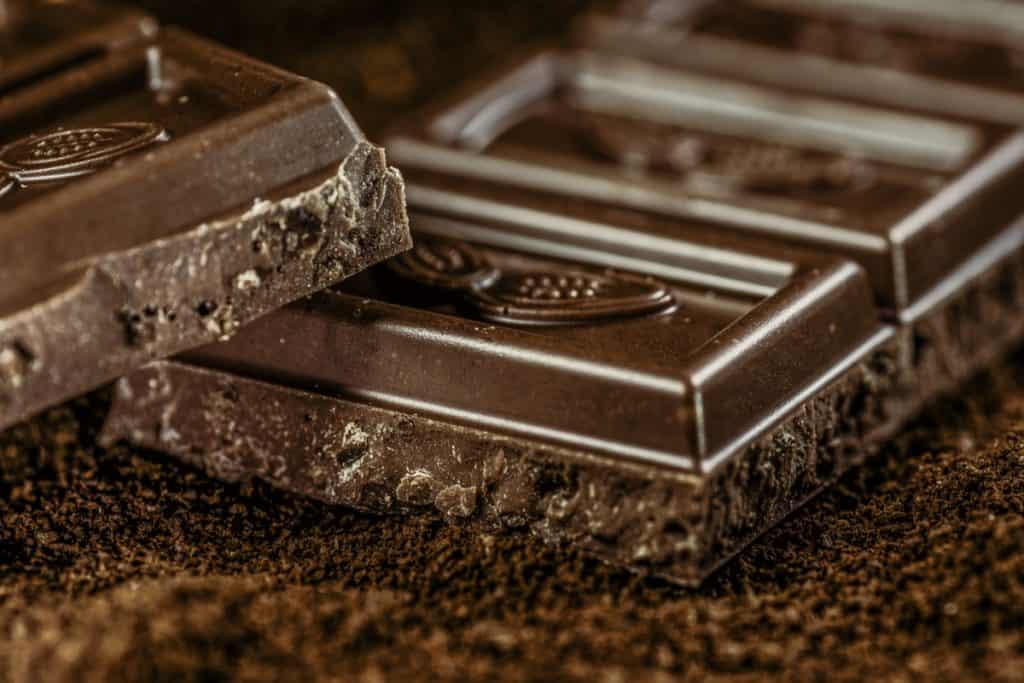
Modern chocolate is the result of a carefully orchestrated process. It begins with harvesting cacao pods, usually by hand, in tropical regions near the equator, such as West Africa, South America, and Southeast Asia. Each pod contains 20 to 50 beans, which are extracted and then fermented for several days—a crucial step for developing their complex flavour. Once fermented, the beans are sun-dried, then roasted to deepen their aroma. Roasting times and temperatures vary depending on the bean variety and desired flavour profile.
Following roasting, the beans are cracked open to separate the shell from the nib—the edible core. These nibs are ground into a thick paste known as chocolate liquor, which contains both cocoa solids and cocoa butter. The liquor is then refined, a process called conching, that improves the texture and flavour through hours of mixing and aeration. The final step is tempering, where the chocolate is heated and cooled at specific intervals to ensure it sets with a glossy sheen and a satisfying snap. Only after this meticulous sequence is it poured into moulds and packaged as the chocolate we consume.
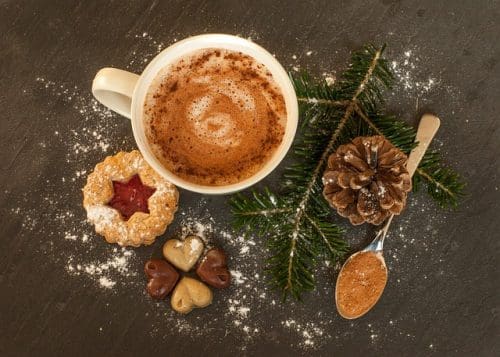
There are several types of chocolate, each distinguished by its ingredients and production methods. Dark chocolate has a high concentration of cocoa solids and is often appreciated for its bold flavour and minimal sugar content. Milk chocolate, as the name suggests, includes milk solids, making it sweeter and creamier. White chocolate contains cocoa butter but no cocoa solids, which leads some purists to argue that it isn’t “real” chocolate. In recent years, ruby chocolate has entered the market with its natural pink hue and berry-like tang, derived from specially processed ruby cacao beans. Then there is couverture chocolate, prized by professional chocolatiers for its high cocoa butter content and superb melting quality.
Chocolate, especially in its darker forms, is also recognised for its potential health benefits. Rich in flavonoids and antioxidants, dark chocolate may support heart health by improving blood flow and reducing blood pressure. It is known to stimulate the production of endorphins and serotonin, chemicals associated with happiness and mood regulation. Some studies even suggest it can improve cognitive function. That said, these benefits are mostly linked to dark chocolate with high cocoa content; milk and white chocolates, with their added sugars and fats, are best enjoyed in moderation.
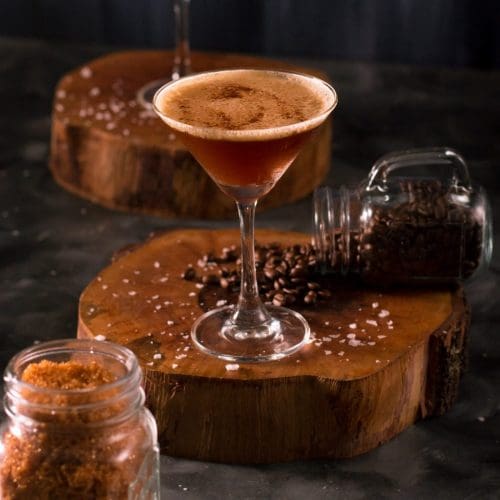
The global chocolate industry today is a behemoth, valued at over 130 billion USD as of 2024. Switzerland is often considered the world’s chocolate capital, home to renowned brands such as Lindt and Toblerone. Belgium’s legacy lies in its exquisite pralines and artisan craftsmanship. The United States dominates in volume, with both mass-market and gourmet brands flourishing. Interestingly, while most chocolate is consumed in Western countries, around 70% of the world’s cocoa is produced in West Africa, with Côte d’Ivoire and Ghana as the leading suppliers.
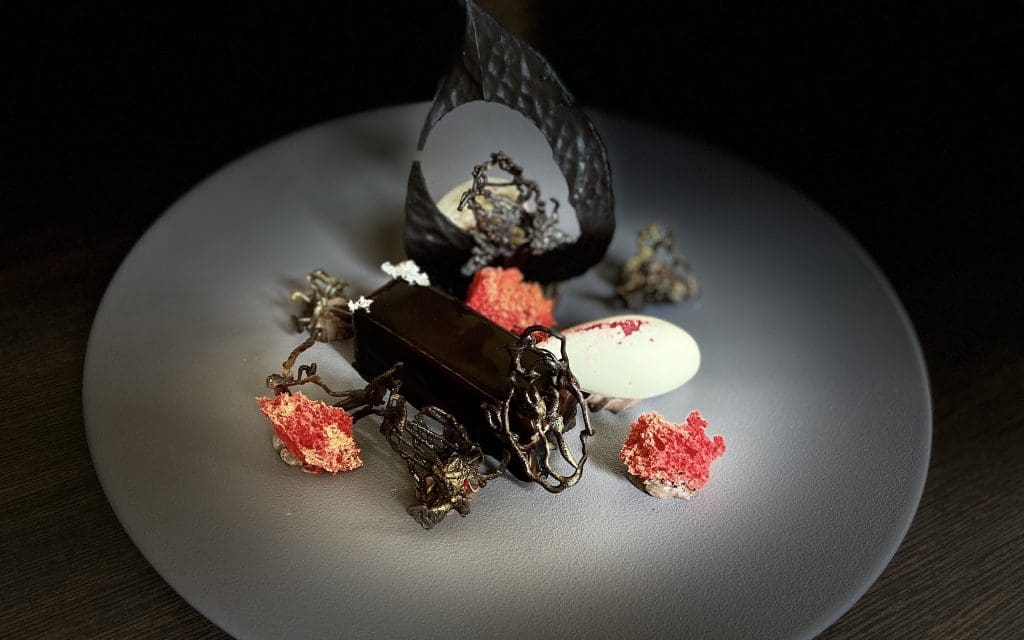
However, the sweetness of chocolate comes with bitter truths. The industry has long been scrutinised for issues such as child labour, unfair trade practices, and deforestation. In response, ethical certifications such as Fair Trade and Rainforest Alliance have emerged, advocating for better wages, sustainable farming, and transparency in supply chains. The bean-to-bar movement, led by small craft chocolatiers, aims to reconnect consumers with the origin and story behind their chocolate—offering traceability, quality, and ethical integrity.
As chocolate evolves, so do its applications and innovations. Vegan chocolates made with plant-based milks are increasingly popular. Functional chocolates infused with superfoods, adaptogens, and even CBD are gaining traction among wellness consumers. Advances in technology are also allowing for stunning artistic creations, with 3D-printed chocolate sculptures becoming a new frontier. Single-origin chocolate, much like wine or coffee, is now prized for its terroir—the idea that the soil, climate, and farming techniques influence flavour.
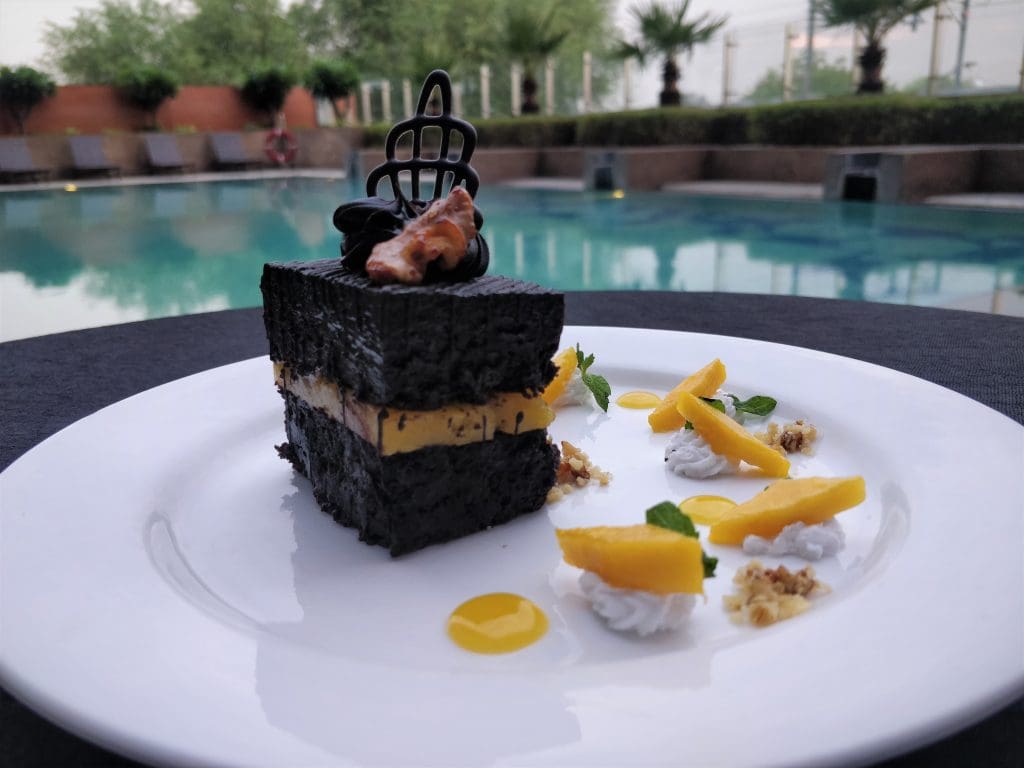
Chocolate has also cemented its place in culture. It’s at the heart of festivals and holidays—Easter eggs, Halloween treats, Valentine’s Day boxes. It’s a go-to comfort food during breakups and celebrations alike. July 7 is celebrated globally as World Chocolate Day, commemorating the day it was introduced in Europe. In literature, film, and art, chocolate is a symbol of temptation, luxury, and emotional depth.
In essence, chocolate is much more than a sweet indulgence. It is the result of a rich and complex heritage, shaped by science, craftsmanship, and culture. Each bar carries within it the story of a tropical tree, a farmer’s labour, a chocolatier’s skill, and centuries of transformation.



